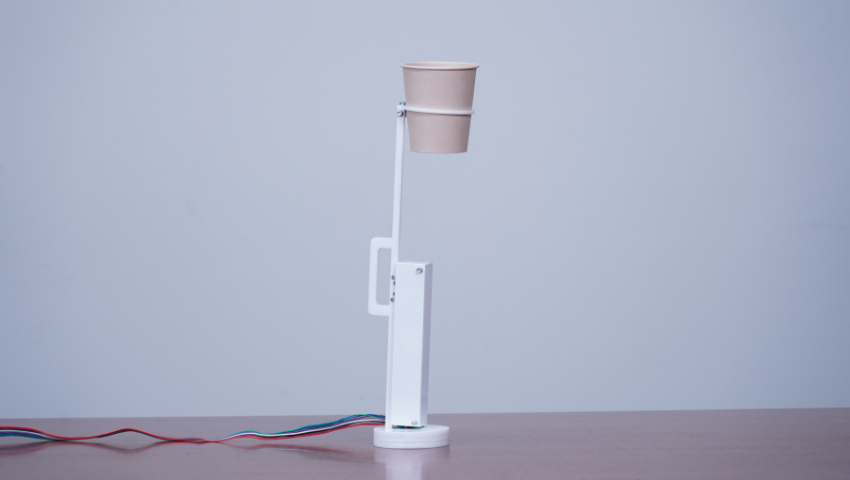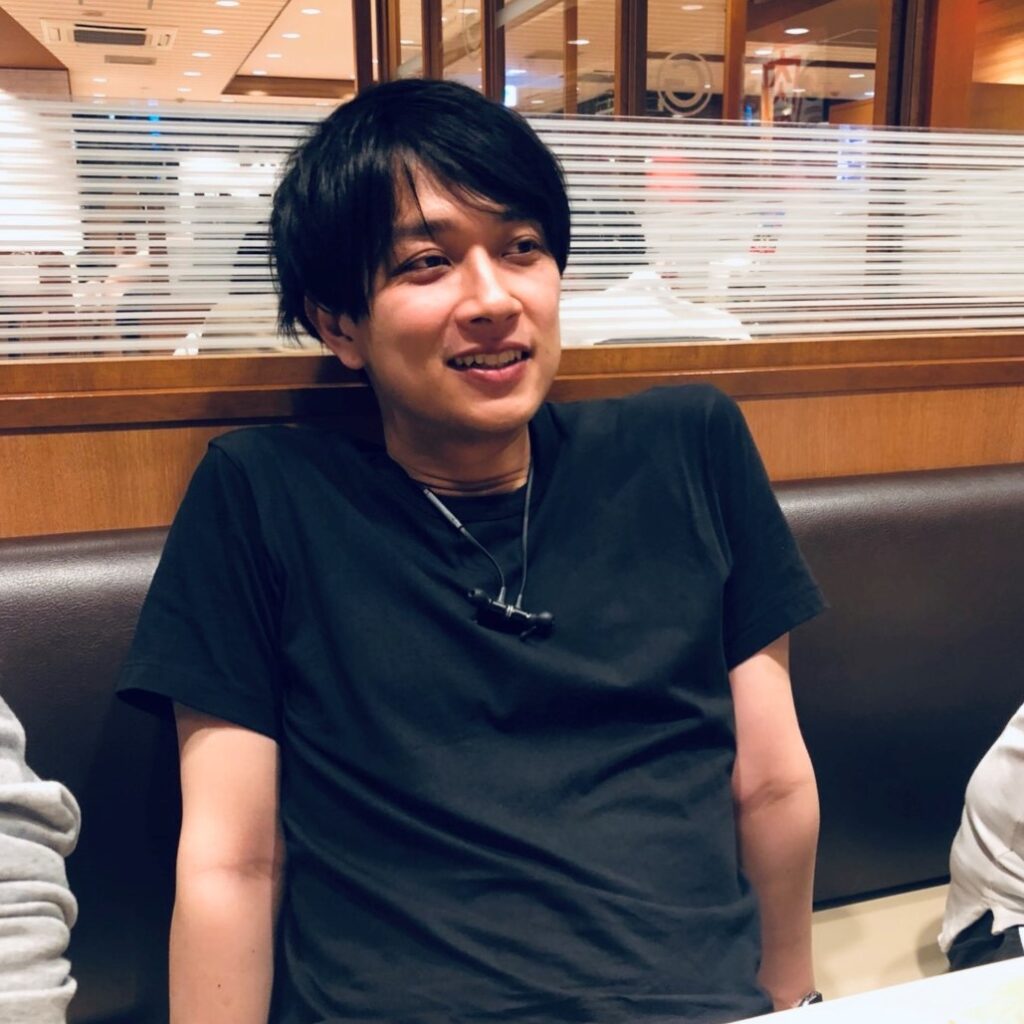Image caption/credit: Overview of the device.
From a random thought on vacation to presenting at the SIGGRAPH 2021 conference, Masaharu Hirose has developed a way to change one’s perception of the taste of a beverage, like wine, using on center-of-gravity-shifting technology. We sat down with Masaharu to learn more about how the weight and shape of a glass can completely change what we taste. “Balanced Glass Design: A flavor perception changing system by controlling the center-of-gravity” will be presented through both the Emerging Technologies and Posters programs during the virtual SIGGRAPH conference in August.
SIGGRAPH: Tell us about the process of developing “Balanced Glass Design”. What inspired your team to pursue the technology?
Masaharu Hirose (MH): It all started with a trip to Europe. On our trip, we were drinking many different wines. I noticed that in different countries and regions the wine tasted different and the shape and weight of the glasses varied. It came to my attention that it was possibly the shape of the glass changing the taste. I was convinced that if I could change the center of gravity of a wine glass, as someone was drinking, the taste would change. There are many different types of wine but not heavy or light wines. We thought this could be the new wine experience.
SIGGRAPH: Let’s get technical. How did you create the system? How many people were involved? How long did it take? What was the biggest challenge?
MH: To develop the entire system we used Raspberry Pi 4, Python programming, electronics hardware, computer-aided design, and a laser cutter. All the development was done by myself. My co-author was my advisor, who gave me a lot of useful advice as I was submitting to the SIGGRAPH conference. As for the development period, it took about one year to complete the project. I had to stop development in the middle due to the COVID-19 pandemic. The biggest challenge for me was designing hardware with minimal weight. In order to feel the change of gravity, we needed to reduce the overall weight as much as possible. We conducted two experiments during development to test for weight presentation and taste change.
SIGGRAPH: What do you find most exciting about the final product you will present to the SIGGRAPH 2021 community?
MH: I’m looking forward to presenting a product that is related to taste since there are not many taste-related works in the Emerging Technologies [program]. I think the community will be excited to see my work. Personally, I expect research on food interaction to make great progress in the future and I hope that this will be a good reference for many researchers.
SIGGRAPH: What’s next for “Balanced Glass Design”? How do you envision the technology informing future flavor preceptors?
MH: I haven’t thought about it yet, but I find developing interactive technology for food to be very fascinating. I guess you will have to wait and see.
SIGGRAPH: If you’ve attended a SIGGRAPH conference in the past, share your favorite SIGGRAPH memory. If you have not, tell us what you are most excited about for your first SIGGRAPH!
MH: I attended the Electronic Theater in 2019 and it was a memorable experience. I felt a sense of unity among the SIGGRAPH conference attendees, and it made me determined to attend the conference again. While this year’s conference will be virtual, I am very happy to be able to present my work [in] Emerging Technologies.
SIGGRAPH: What advice do you have for someone looking to submit to Emerging Technologies at a future SIGGRAPH conference?
MH: Creating a work of art requires a lot of effort, but I encourage you to give it a try. The ideas you have may seem usual to you, but to the SIGGRAPH community they may be novel, fresh, and creative. The SIGGRAPH community has a curiosity that allows us to go beyond.
Learn about the newest technologies during SIGGRAPH 2021. Register for the virtual conference today.
Masaharu Hirose (pictured above, left) is a three-year student at The University of Tokyo in doctoral courses.
Masahiko Inami (pictured above, right) works in the Research Center for Advanced Science and Technology, Information Somatics Laboratory at The University of Tokyo.





